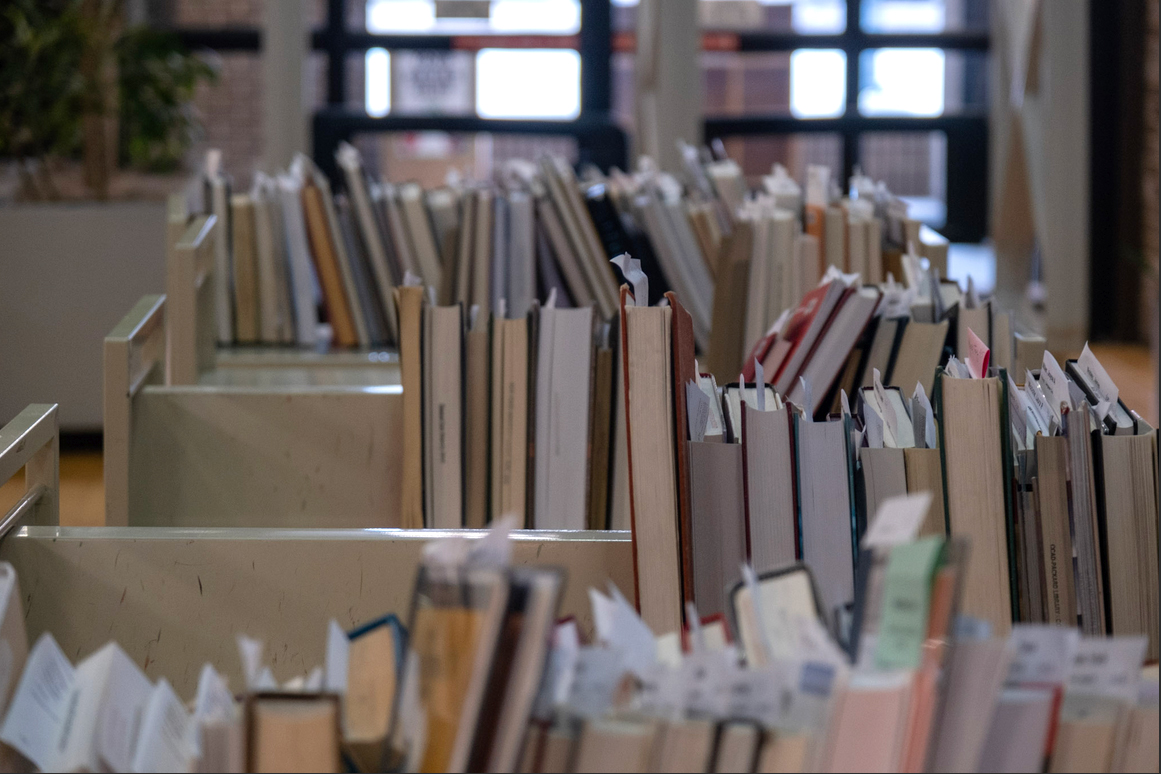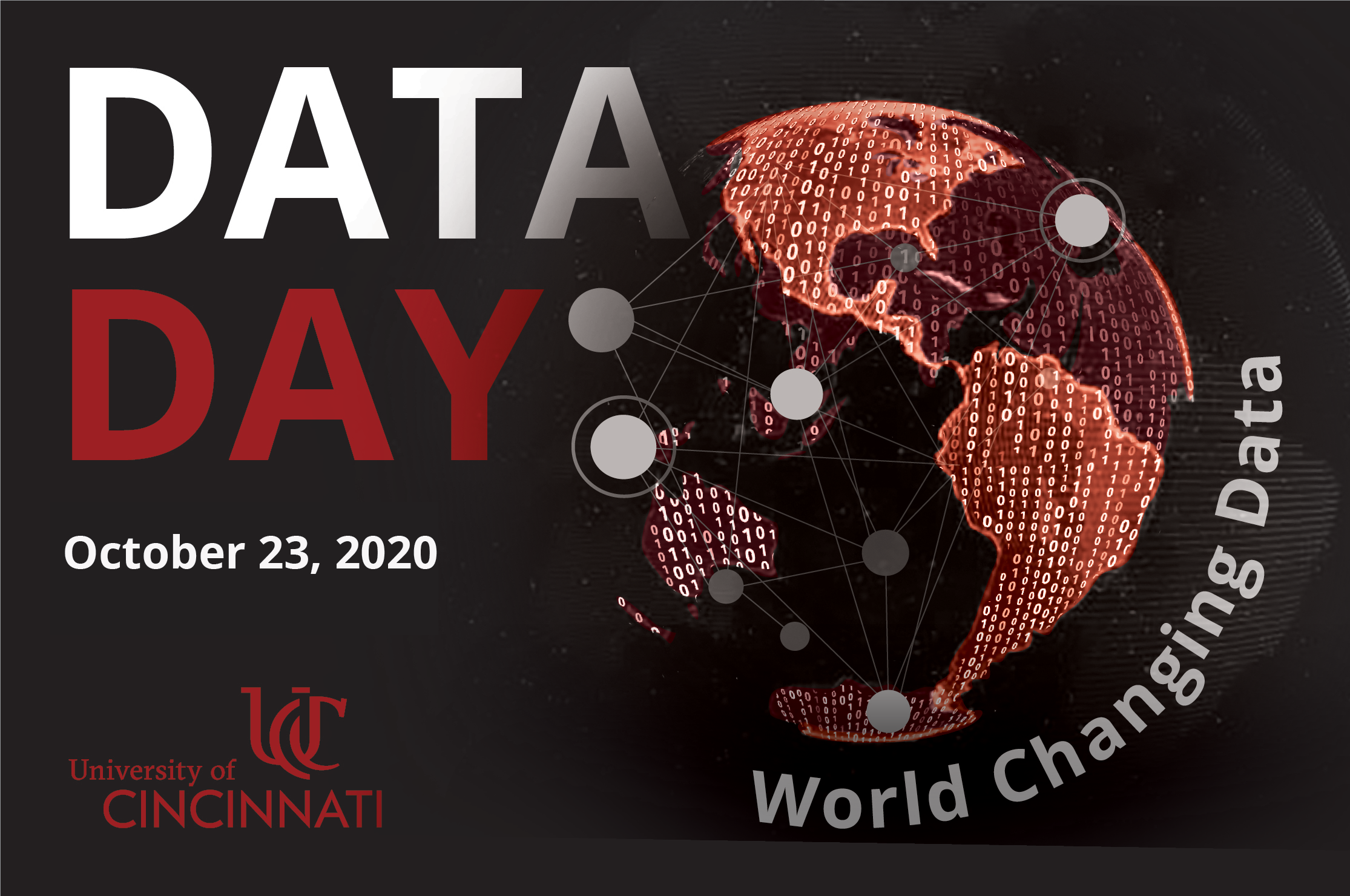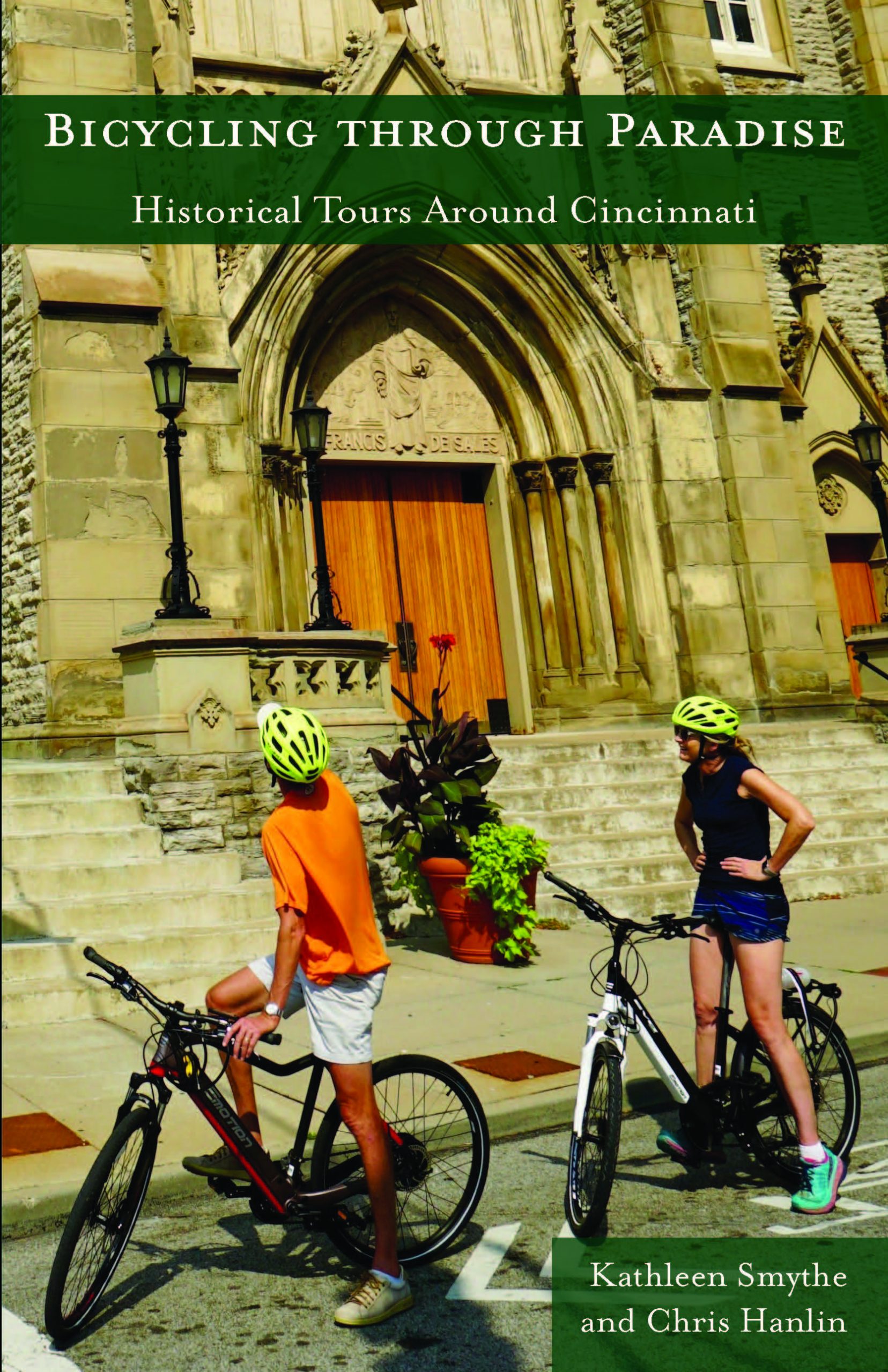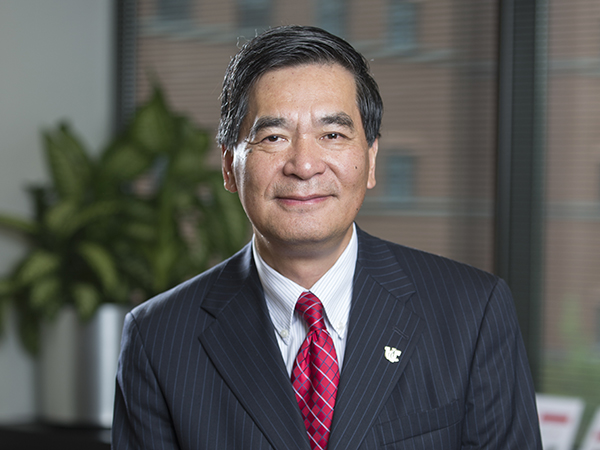
A Note from the Dean: A Time for Reflection
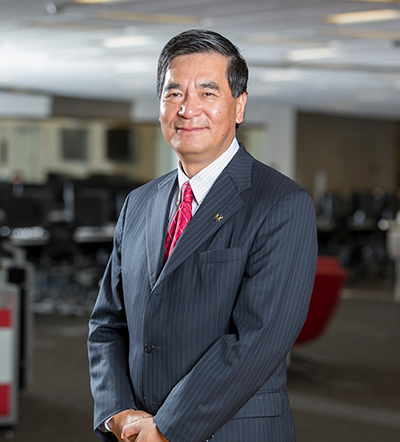
Summer is here and the University of Cincinnati Libraries, along with the entire university, is preparing for a full return to campus in the fall semester. As I begin the transition to working again on campus, I’m taking time to reflect. That reflection includes revisiting some of the questions I posed in our last Source. So much has changed over the last year, and some questions will only be answered with time, but with patience and careful study we can begin to see the future take shape.
How has the pandemic altered society’s and people’s information seeking behavior?
People are now more comfortable than ever with virtual environments. Information seeking behaviors, expectations and work habits have changed during the pandemic. The distributed and remote working environment impacted digital information resources, authentication, access and delivery. This kind of digital transformation has been expedited for at least three-five years in the commercial world, and has deeply impacted the academic world now too.
The impact to library services is substantial. I anticipate even more demands for online and digital resources from anytime, anywhere and on any device.
These changes in expectations and work behaviors will also result in broader and deeper integrations of digital resources into the teaching, learning and research environment. This includes increased demand for the availability of information resources not just in a digital format, but also for more integration into course ware, virtual classrooms and the virtual research environment.
The wider availability of library digital services such as through the HathiTrust Emergency Temporary Service has increased expectations for access to information resources beyond the limitation of individual IP rights, geographic location or organizational boundaries. A new wave of thinking and a more provocative and bolder approach to library collaboration, cooperation and sharing is required in the post pandemic future.
How can libraries help to bring people together in a time when we all feel so far apart, whether that be physically or figuratively? What does community mean now and how can libraries build and support community? Even when we return to campus completely, people may still feel far apart. How can the library help people come together post pandemic? Could the pandemic permanently change or alter our “Library as a place” vision?
There is no doubt, even as life begins to a return to normalcy after the pandemic, that people’s sense of community, space and interaction will be much different than before.
Virtual engagements will likely remain the dominate form of meeting, preferred not necessarily to abate virus transmission, but rather for convenience and cost effectiveness. We will continue to leverage virtual engagement, learning and collaborative opportunities. Our vision of the “library as a place” will likely continue, but the meaning of “place” will broaden, going beyond physical space and the local community. The sense of the library being a common space physically will be expanded to include virtually.
Libraries will need to take into consideration that the terms “community” and “users” have adapted to a broader meaning, including far reaching national and global engagement in a virtually enabled technology environment.
What new, emerging opportunities or innovative and entrepreneurial ideas are worth pursuing?
I’ll answer that question by asking more questions, such as:
- If the digital transformation has been expedited three-five years in the business world, what would be the derivative product and service we can anticipate soon in academia?
- What new service models and products should libraries think of and plan to adopt in the emerging digital transformation? In this rapidly changing environment, are we willing to ride on the head of the wave or just chase the end of the tail?
- If the virtual environment and community will be reinterpreted with a much broader geographic and community sense, who should we see as our library community and user base?
- If digital integration demands readiness integrating our library resources, how can we prepare our resources if we are still behind the transformative digital change?
- Finally, the most provocative question is: Will the pandemic and its expedited digital transformation further marginalize the “brick and mortar” library services?
I look forward to the fall semester and the inevitable changes that will come to pass as the country continues to recover and the university repopulates with students, faculty and staff. I’ll continue to revisit these questions, along with the questions for which there are no current answers. In the meantime, join me in catching up with the library in this issue of Source. In addition to articles highlighting collections such as Albert Sabin’s papers and Obed Wilson’s library, this issue also reflects back on the Libraries response to the Covid-19 pandemic, as well as on past issues of Source with retrospective of past covers and a look back at a past Edible Books event.

